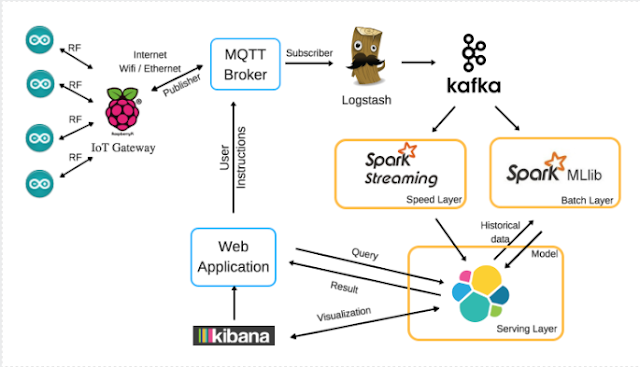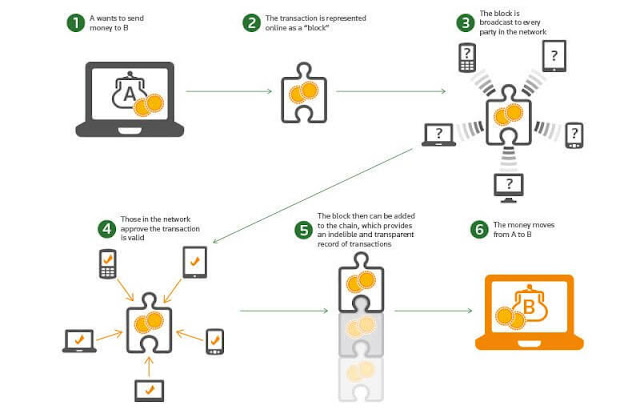This article gives an overarching understanding and some strategies to make a foray in the propitious IoT and enabled analytics & consulting services industry. It is the first instalment of the series of blogs we would be publishing on IoT in the recent future. IoT Analytics: Scope and Applications Ever since its inception, IoT has been transforming the way day-to-day tasks are being completed, businesses are being run and services are being provided. The effect of IoT is so pervasive that it has given rise to terms like Cloud Capitalism and Cloud Economy, probably referring to staggering projected size of $100 trillion for digital economy, the scale and grandeur earlier reserved exclusively for oil industry. Unless you are living under a rock, chances are there that you have heard and probably used some of the IoT consumer devices like Amazon Echo, Google Home, Logitech Pop, NestCam, Ring which lash you with comforts like digital concierge, smart button control an...




